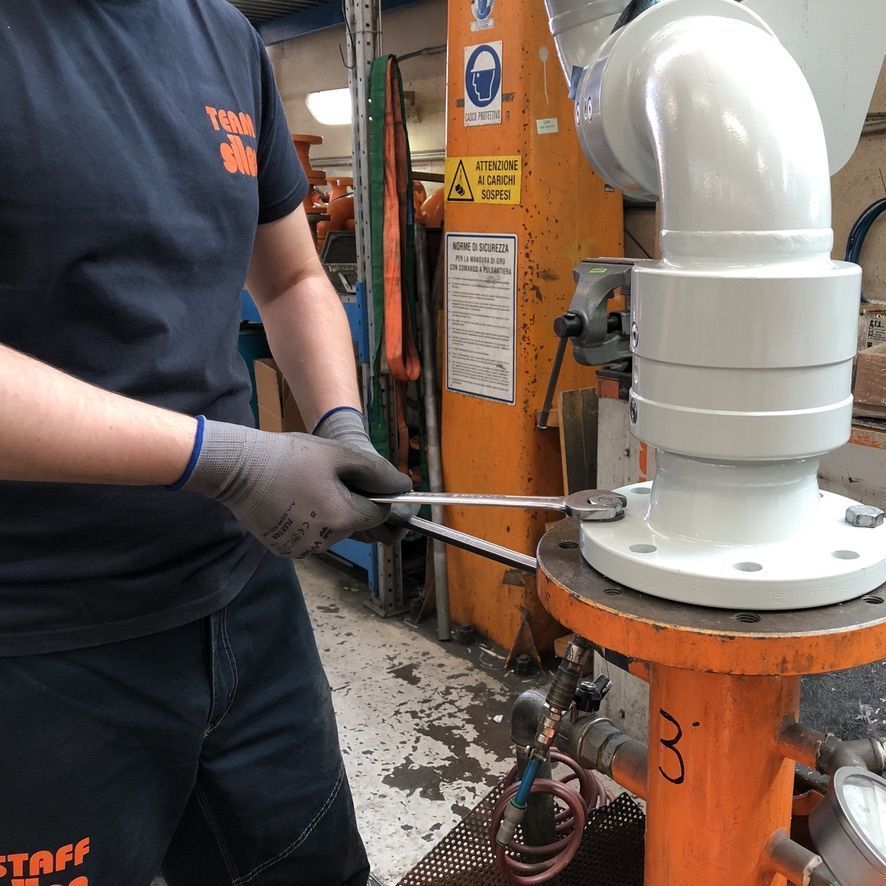09/09/2020
The "Methods-Time Measurement" in the Silea production process
What do we mean when we talk about "Methods-Time Measurement"?
First of all it is good to know that the study of MTM has very ancient roots, if related to the short life of the modern concept of industry. It was theorized by Frederick Taylor, an American engineer, between the end of the nineteenth and the beginning of the twentieth century, then it was also applied by the more famous Henry Ford.
The Methods-Time Measurement is divided, as the name suggests, into two macro phases: a purely analytical one, the times phase, and an operational one, the methods phase.
To understand what has just been read, it is necessary to have a clear understanding of what is the main objective of this activity.
While slightly trivializing the concept, we can safely say that the ultimate goal of the MTM is to increase the sales profit of the company concerned, without necessarily having to intervene with economic investments.
A production department, indeed, through the study of times and the consequent application of methods, can significantly improve its performance.
The first step to be faced, the one relating to the times, is objectifying how much time is spent on average for the production of an article.
After that, the study and application of the method takes over: at first we will observe the way in which the employee works, then, thanks to the experience and comparison with him, we will try to improve the work process, making sure that the worker uses the most appropriate tools for that specific job and that his body posture is also suitable, so as to limit the physical effort.
At the beginning, this activity will take you a long time, but it is very likely that, once started, it will bring almost immediate results, and both the company and the employees will benefit from it, one from an economic point of view, while the others will work in better plausibly conditions.
Indeed, it should always be remembered that the study of Methods-Time Measurement is not adopted to reduce production times by squeezing, mentally and physically, the workers, but especially trying to improve their working conditions, through a methodological study. If the reorganization of the method will prove effective, the reduction of production times will be only a natural consequence.
Is it possible to implement the MTM in an already consolidated company?
Obviously, begginning on this way from the first steps of a new company is easier than implementing it later, because creating a setting is less tricky than correcting it, but the answer is absolutely yes.
In Silea, for example, this path started just 2 years ago, after more than 50 years of activity. The methodological phase began a few months ago and, although the study of the same is not yet completed, some solutions have already taken shape.
Our experience with Methods-Time Measurement began, of course, with the analysis of times, where, unlike what was previously said about methods, being a well-established company has given us the opportunity to view the final balance of the production times of the years before, greatly helping the approach to this job.
How can Silea, which has its strong point in customization, resort to the application of the Methods-Time Measurement?
Surely a standard production would ease everything, but also customization can be subject to MTM. simply enter the order of ideas that a product subject to customization is a product that is difficult to compare to another, therefore it would not be correct to consider the finished article as a whole. However, an article, no matter how customized, is nothing more than a set of standard components assembled according to the requests and needs of the customer, therefore it is only a question of breaking down a customized product into several standard parts, focusing the analyzes on the latter.
This is the proof that the Methods-Time Measurement can also be applied off the assembly lines, unlike what many people believe, perhaps related to obsolete preconceptions. The world of industry is constantly changing and everything related to it goes hand in hand.






